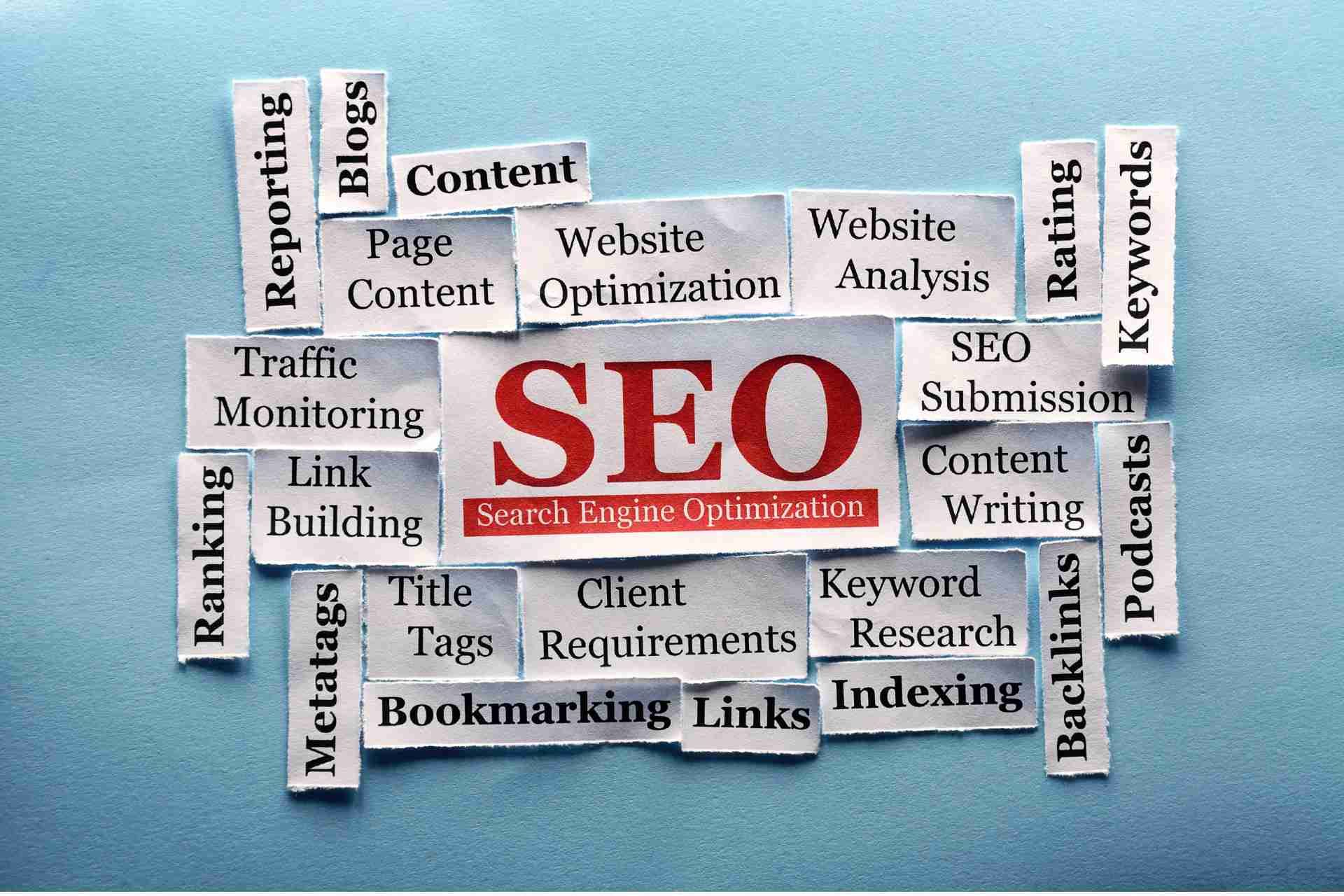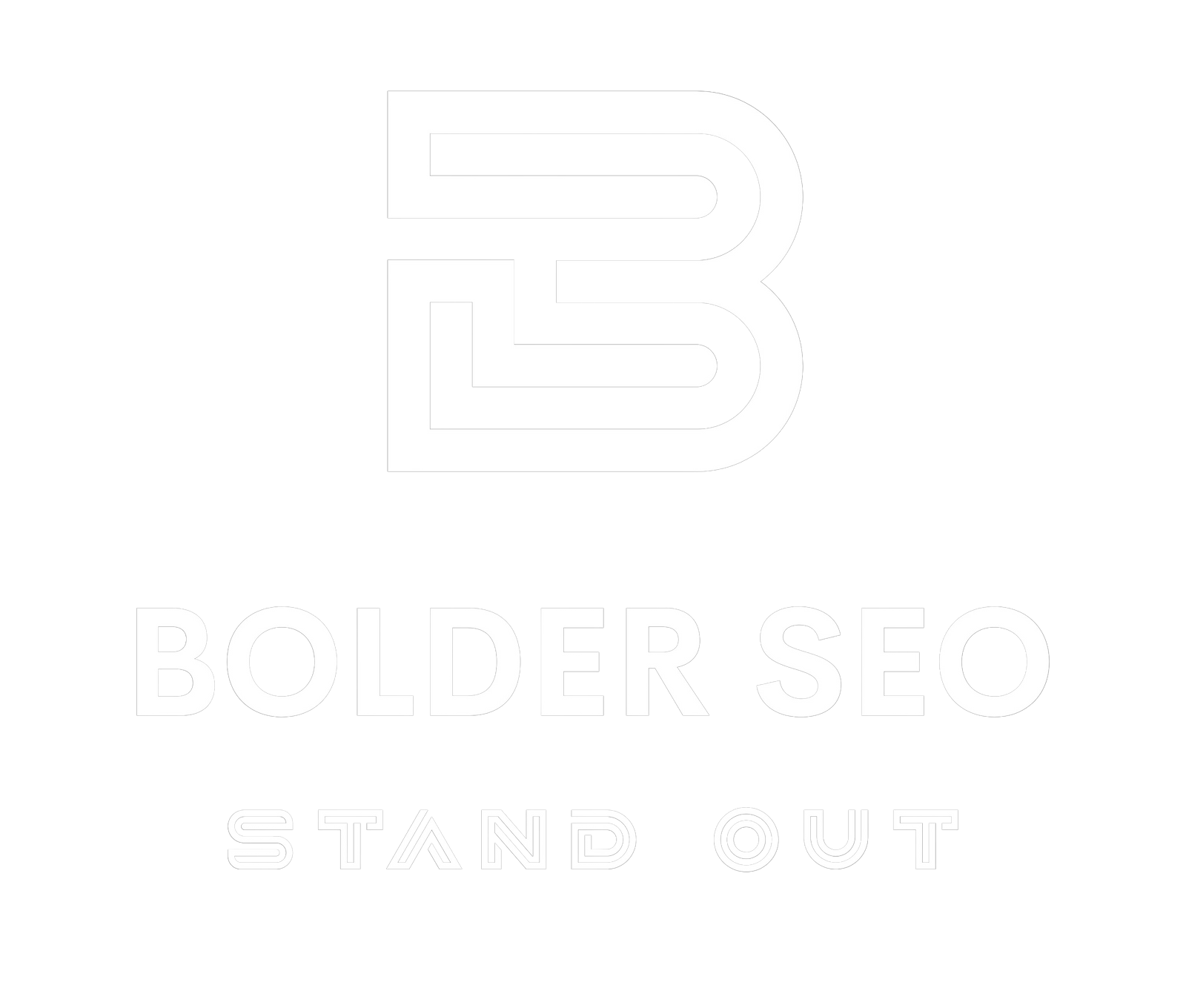Evolution of Content Marketing and SEO
In the ever-changing landscape of digital marketing, two key strategies have consistently stood the test of time and proved indispensable in the quest for online success: Content Marketing and SEO. As the internet has grown, evolved, and reshaped the way we interact with information, so too have these dynamic marketing tactics adapted to meet the demands of users and search engines alike.
Let us discuss the captivating journey through the intertwined evolution of Content Marketing and SEO and explore how these strategies have progressed, shaped each other, and ultimately come together to form an inseparable duo in the realm of digital marketing.
Evolution Timeline
How SEO and Content Marketing Work Together
Content marketing plays a crucial role in SEO success. High-quality content that aligns with SEO strategies can attract organic backlinks, improve user engagement metrics, and increase the likelihood of a website ranking well in search engine results. On the other hand, SEO helps content marketing by ensuring that the content is optimized for relevant keywords and has the technical factors necessary for search engines to crawl, index, and rank it appropriately.
Conclusion
The evolution of content marketing and SEO has been driven by changes in user behavior, search engine algorithms, and advancements in technology. The focus has shifted from keyword-driven tactics to user-centric, value-driven content that provides a positive user experience while aligning with search engine ranking factors.

Why One-Size-Fits-All Marketing Doesn’t Work for Small Businesses (And What Bolder SEO Does Instead)





